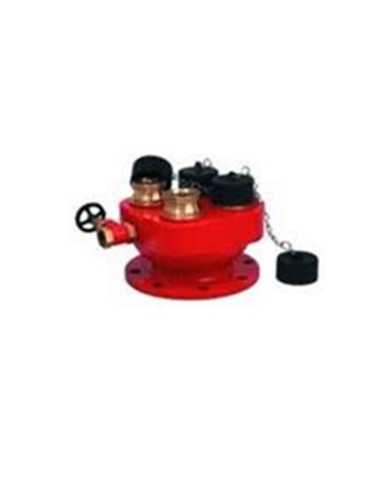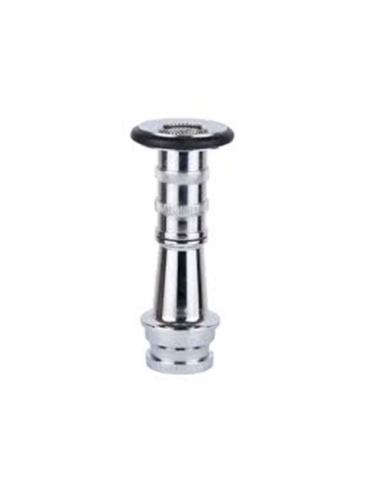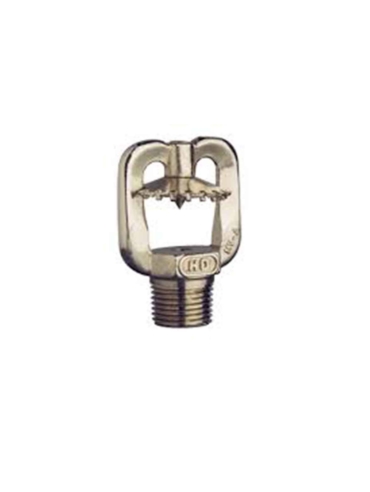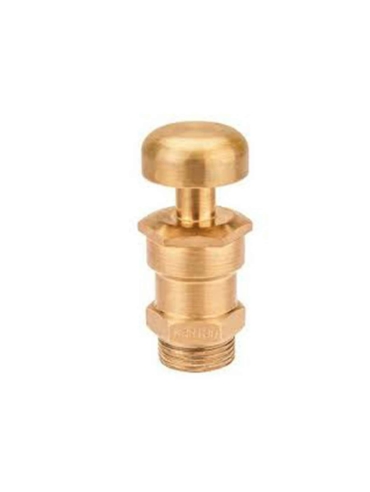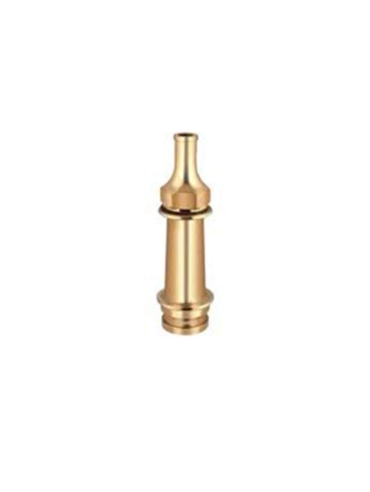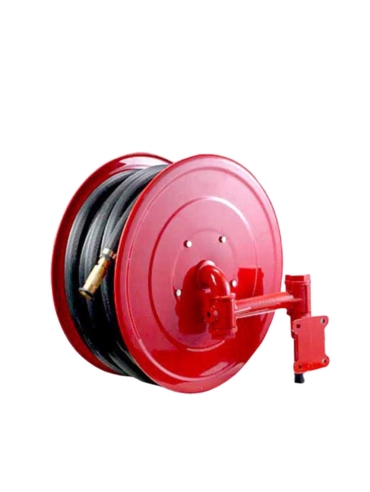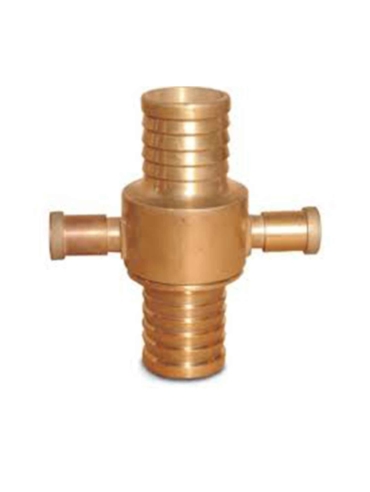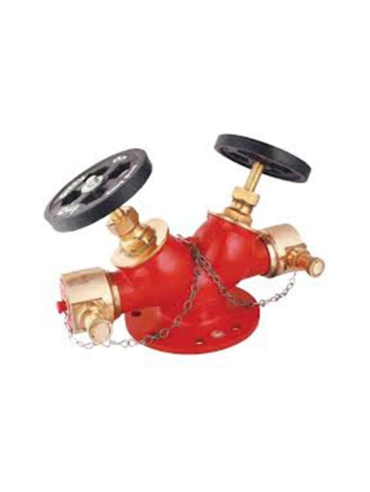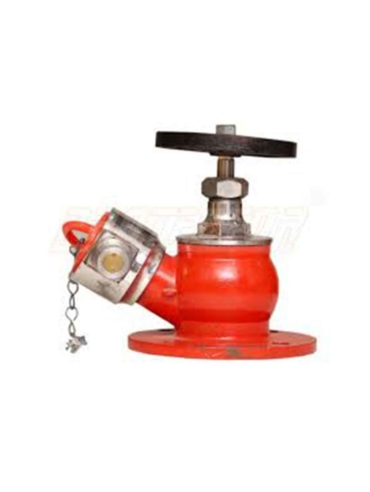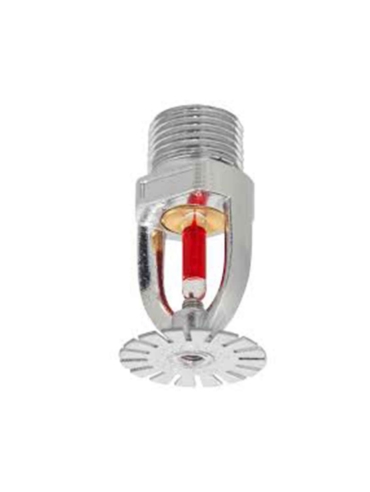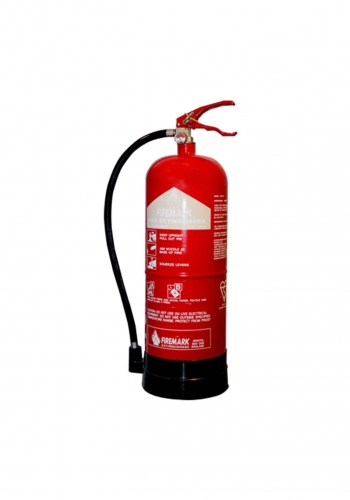Fire Fighting Equipments
FIRE EXTINGHUSHER
Selection Of Fire Extinguishers
- Class A Fire –Fires involving solid combustible materials of organic nature such as wood, paper, rubber, plastics, etc, where the cooling effect of water is essential for extinction of fires.
- Class B Fire – Fires involving flammable liquids or liquefiable or the like where a blanketing effect is essential.
- Class C Fire – fires Fires involving flammable gases under pressure including liquefied gases, where it is necessary to inhibit the burning gas at fast rate with an inert gas, powder or vaporising liquid for extinguishment.
- Class D Fire – Fires involving combustible metals, such as magnesium, aluminium, zinc, sodium, potassium, etc, when the burning metals are reactive to water and water containing agents and in certain cases carbon dioxide, halogenated hydrocarbons and ordinary dry powder. These fires required special media and techniques to extinguish.
FIRE EXTINGHUSHER
Suitability Of Portable Fire Extinguishers
The types of extinguishers mentioned below
against each class of fire are generally most suited
Details of suitability as a guide of each type of
extinguisher is shown in Table 3. It may, however, be
noted that this is only for guidance and does not cover
special cases
- Class A Fire –Water, foam, ABC dry powder
and halocarbons. - Class B Fire – Foam, dry powder, clean agent
and carbon dioxide extinguishers - Class C Fire – Dry powder, clean agent and carbon dioxide extinguisher.
- Class D Fire – Extinguisher with special dry powder for metal fires

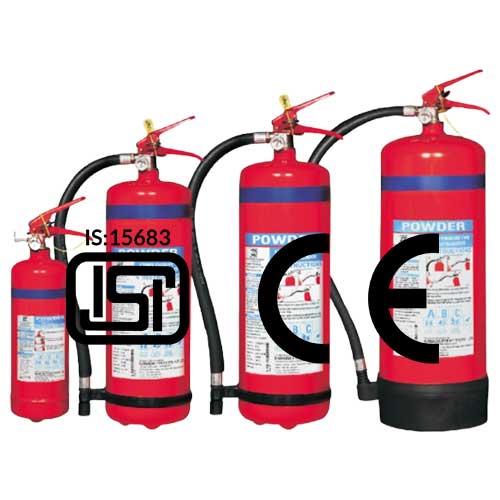
ABC Powder Type Fire Extinguisher (Stored Pressure)
Stored Pressured Dry Powder Fire Extinguishers are characterized by their high performance, simple method of operation and rapid fire knock down capability. They are suitable for tackling fires involving freely burning materials, petrol & oils, gas & electrical equipment. They are ideal for vehicle & marine risks. Powder extinguishers contain high performance powder to achieve high Fire Rating.

Class A
Common Combustibles
Wood, Paper, Cloth, Rubber, Trash, Plastics etc.
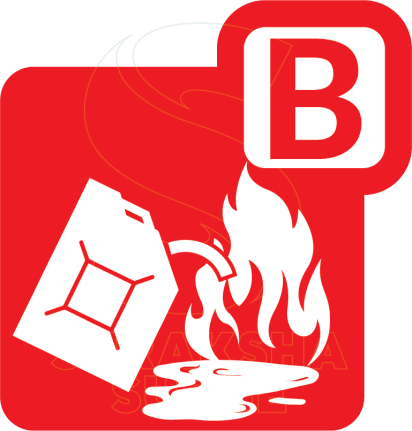
Class B
Flammable Liquids
Solvents, Oil, Gasoline, Paint, Lacquers, Tars, Synthetic or
Oil-based products.

Class C
Flammable Gases
Propane, Butane etc.

Electrical
Energized Electical Equipments
Computers, Servers, Motors, Transformers, Appliances etc.
•Mono Ammonium Phosphate based dry chemical powder is capable of fighting class A, B, C & Electrical fires.
•BIS Approved
•CE Certified (On Demand)
•Easy & more economical to maintain & service
•Rechargeable and easy to service
Ideal Use: Homes, Office, Buildings, Warehouses, Farms, Wood working area etc.
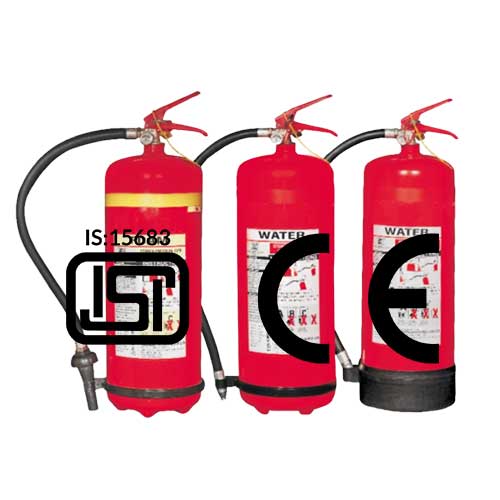
Foam & Water Type Fire Extinguisher (Stored Pressure)
Stored Pressure Foam & Water fire extinguishers are ideal for fires involving volatile liquids and freely burning materials such as paper, cloth, wood and furniture.
Note : Mechanical Foam & Water extinguishers are not suitable for fires involving electrical risk.
a. Water Type Fire Extinguisher (Stored Pressure)

Class A
Common Combustibles
Wood, Paper, Cloth, Rubber, Trash, Plastics etc.
b. Foam Type Fire Extinguisher (Stored Pressure)

Class A
Common Combustibles
Wood, Paper, Cloth, Rubber, Trash, Plastics etc.

Class B
Flammable Liquids
Solvents, Oil, Gasoline, Paint, Lacquers, Tars, Synthetic or
Oil-based products.
- Aqueous Film Forming Foam (AFFF) is capable of fighting Class A and Class B fires.
- Water types are capable of fighting class A fire effectively.
- BIS Approved
- CE Certified (On Demand)
- Rechargeable and easy to service
Ideal Use: Fuel Stations, Restaurants, etc.

CO2 Gas Fire Extinguisher (Stored Pressure)
CO2 GAS fire extinguishers are characterized by their high performance for fires involving an electrical rick like computers, office equipment and generators etc. CO2 is non-conductive, clean and safe, ensuring minimal damage to electrical equipment and furnishings. Suitable for Class B, Class C & Electrical fire risks

Class B
Flammable Liquids
Solvents, Oil, Gasoline, Paint, Lacquers, Tars, Synthetic or
Oil-based products.

Class C
Flammable Gases
Propane, Butane etc.

Electrical
Energized Electical Equipments
Computers, Servers, Motors, Transformers, Appliances etc.
- Carbon Di Oxide is Colorless, Odorless, Non Toxic and provides rapid knockdown of industrial fires.
- BIS Approved
- CE Certified (On Request)
- Rechargeable and easy to service
- Non conductive agent for electrical use without risk to operator
- CO₂ gas disappears quickly leaving no residue
Ideal Use: Chemical Manufacturing Plant, Oil Ring, Rail Yards, Warehouses, Construction sites, Parking garages, Airport, Electrical substation and Large laboratories.

Clean Agent Type Fire Extinguisher (Stored Pressure)
HFC-236fa clean agent fire extinguishers have effective extinguishing action, environmentally acceptable and excellent alternative for Halon 1211. Clean Agent HFC-236fa is a non corrosive, electrically non conductive and free of residue. It is ideally suited for protecting high value equipment. They are ideal for Computers, Telephone, Switch gears, Sensitive data storage, Offices, Boats, Aircraft’s, Laboratories etc.

Class A
Common Combustibles
Wood, Paper, Cloth, Rubber, Trash, Plastics etc.

Class B
Flammable Liquids
Solvents, Oil, Gasoline, Paint, Lacquers, Tars, Synthetic or
Oil-based products.

Class C
Flammable Gases
Propane, Butane etc.

Electrical
Energized Electical Equipments
Computers, Servers, Motors, Transformers, Appliances etc.
- HFC-236fa Based Extinguishing Agent capable of fighting class A, B, C & Electrical fire.
- BIS Approved
- CE certified (On Demand)
- Clean agent is an electrically Non Conductive & low in toxicity Protect data in process, reduces equipment damage, facilitate fast return to service.
- No Electrical Conductivity Back to the operator
- No Thermal or Static Shock
Ideal Use: Homes, Office, Buildings, Warehouses, Farms, Wood working area etc.
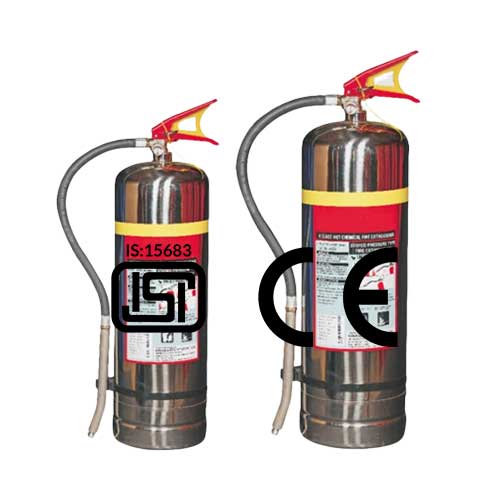
Kitchen Fire Extinguisher (Stored Pressure)
Class K Fires most often occur where cooking media such as cooking oils, greases and animal fats are used. Kitchen Fire extinguishers are designed to put out such kind of Fires safely and effectively in residential and commercial kitchens.

Class B
Flammable Liquids
Solvents, Oil, Gasoline, Paint, Lacquers, Tars, Synthetic or
Oil-based products.

Class C
Flammable Gases
Propane, Butane etc.
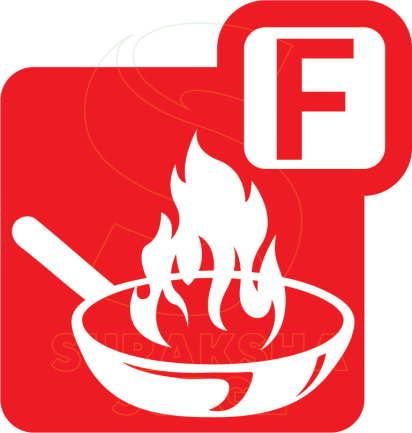
Kitchen Fire
Kitchen Fire
cooking oils, greases and
animal fats are used
- A broad, dispersed discharge of agent that delivers a high volume, low velocity delivery of wet chemical which does not cause the cooking oil to splash.
- Changes in frying oils from animal fats to vegetable oils have reduced the ability of Multipurpose ABC Fire Extinguishers to extinguish many kitchen fires. As we know Vegetable oils have a much higher auto ignition temperature than animal fats because of this Heat breaks down the weaker foam layer created and re ignition takes place.
- Kitchen Fire Extinguishers have the ability to maintain the foamy layer enough to allow complete cooling.
- Clean agent is an electrically Non Conductive & low in toxicity Protect data in process, reduces equipment damage, facilitate fast return to service.
- In addition, these wet chemical agents pose minimal damage threat to hot appliances.



